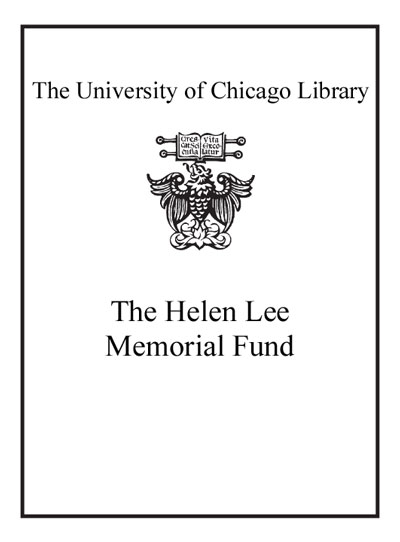| Summary: | The architectures of man, alternatives to a universe already created, open the exhibition with the extraordinary pieces of Miquel Navarro. The artist made the first of his 'cities' in 1973. These were interconnected terracotta volumes to which he soon added materials such as aluminium, zinc, and bronze in a continuous exercise on sculpture and reflection on the volumetric space that would constitute, from then to today, one of his signs of identity. In the cities of Navarro, the allusion to Leon Battista Alberti's Res aedificatoria, and its city-house-organism relationships, is unavoidable, for as Navarro himself states, "in the consciousness and configuration of my desire, the subject of the city as a human body, with the sum of all its parts, with its vertical and totemic logic, and its horizontal sense in the discourse of penetration, is evident." Navarro's work is represented in many important institutional collections, including the following: Instituto Valenciano de Arte Moderno, Centre national d'art et de culture Georges Pompidou in Paris, Lehmbruck Museum in Duisburg, Museo Nacional Centro de Arte Reina Sofia in Madrid, Museu D'Art Contemporani de Barcelona, and The Solomon R. Guggenheim Museum in New York. One of his important sculpture fountains, Boca de luna (1994), is located in the place de Jamblinne de Meux, Brussels. It is thirteen metres high, and projects water from a height of six. A sculpture by Navarro plays a leading and symbolic role in Pedro Almodóvar's 2016 film Julieta.
|
|---|

